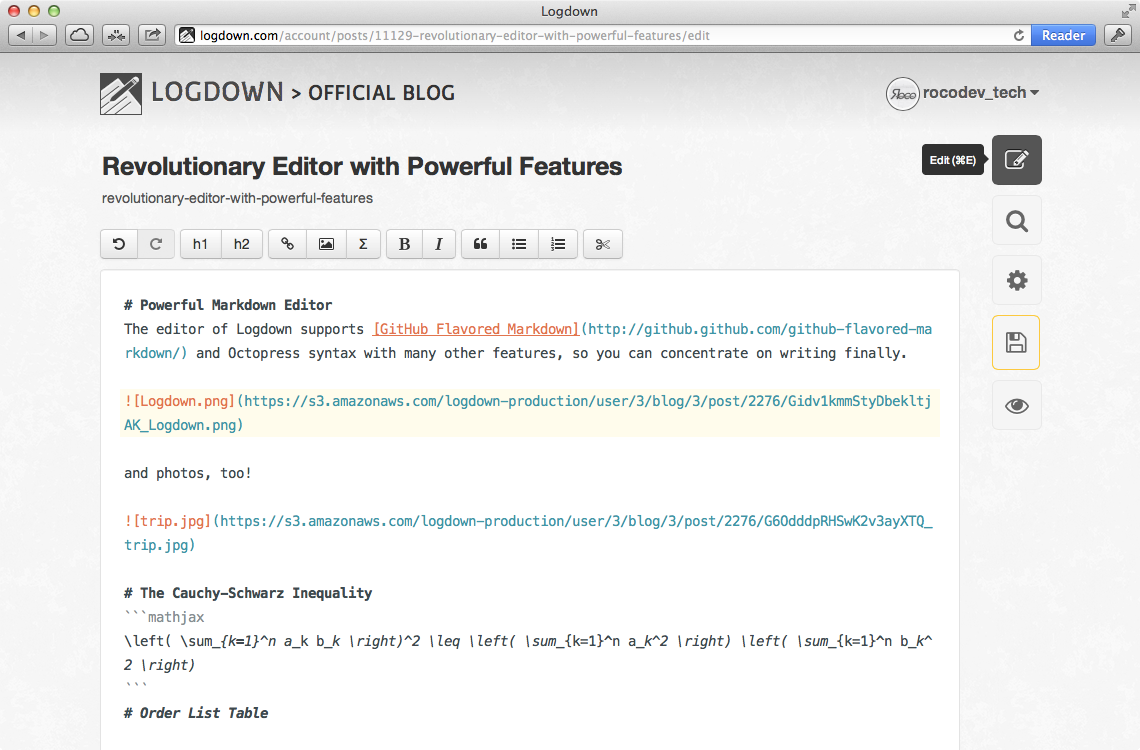

Much like the tools Steve uses for communication, his productivity routine allows him to alternate between tools smoothly.įor list-making and note-taking, Steve extensively uses Bear. Productivityīetween meeting with partners and integrators, working on projects, and keeping an eye on what’s coming next for GitHub’s platform, staying on top of everything is quite a challenge. Since animated GIFs are easier to share and digest than Keynote presentations, Steve often uses key2gif, a command line utility to generate animated GIFs of Keynote presentations, helping communicate a message in as frictionless a way as possible. Keynote also comes in handy during these scenarios, allowing Steve to illustrate and connect the dots in a way that makes sense for stakeholders. When that time comes, Steve uses LICEcap, a tool for recording your screen and saving it as an animated GIF. Zoom also provides a larger, synchronous platform where Steve can present projects or run retrospectives to the broader team or external partners at once.Ī different type of visual communication is sometimes necessary, like when walking a partner through steps to fix to a problem. Zoom, a video conferencing tool, is often a great compliment to both GitHub Issues and Slack when it comes to brainstorming issues or jumping into meetings. The Slack + GitHub integration brings these two tools together in a meaningful way, making it easy to collaborate around source code in a chat-based environment.

It’s here that he can hash out logistics on a current project or quickly answer a few questions about a potential problem. When it comes to more immediate, real-time conversation, Steve jumps to Slack for a quick connection with his team. “Because we’re a distributed company, we want to make sure that conversations are available to the entire workforce, not just the people who happen to be in the place and time when those things happen.” Communication within GitHub Issues acts as a living knowledge base for the company, one that gives new hires as much context as the people involved in the original conversations.Ī conversation that begins in GitHub Issues doesn’t always stay there. The objective behind using GitHub Issues in this way is to separate internal conversations from time and space.

While it’s not the only tool they use, GitHub Issues often replaces email when it comes to internal discussion. GitHub - both the product and the company - embraces asynchronous communication, which puts Steve and other GitHub employees in the fortunate position of being able to use their own product for that communication. As a permanently remote employee, he relies on specific tools to communicate, stay on task, and get stuff done.

On any given day, Steve could be guiding an integrator as they embark on a brand new GitHub integration, working with a partner to help scale their GitHub API usage, developing Open Source resources to demonstrate GitHub platform features, such as the recently announced GitHub Actions, and just generally staying responsive to the needs of GitHub’s ever-growing ecosystem of integrators. Steve has helped partners - including Microsoft, Google, a swath of independent developers, and of course, Sentry - launch integrations on top of GitHub. Steve Winton is a Partner Engineer at GitHub, which means that he helps GitHub integrators and partners create the best possible integrated developer experience between their products for their shared customers, leveraging the GitHub platform. Do you ever wonder what tools get other people through their days? In our Tools This Engineer Uses series, we explore the routines, systems, and tools your peers rely on to solve problems and accomplish goals. You probably use many tools to get you through the day.


 0 kommentar(er)
0 kommentar(er)
